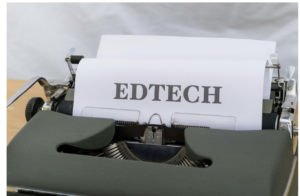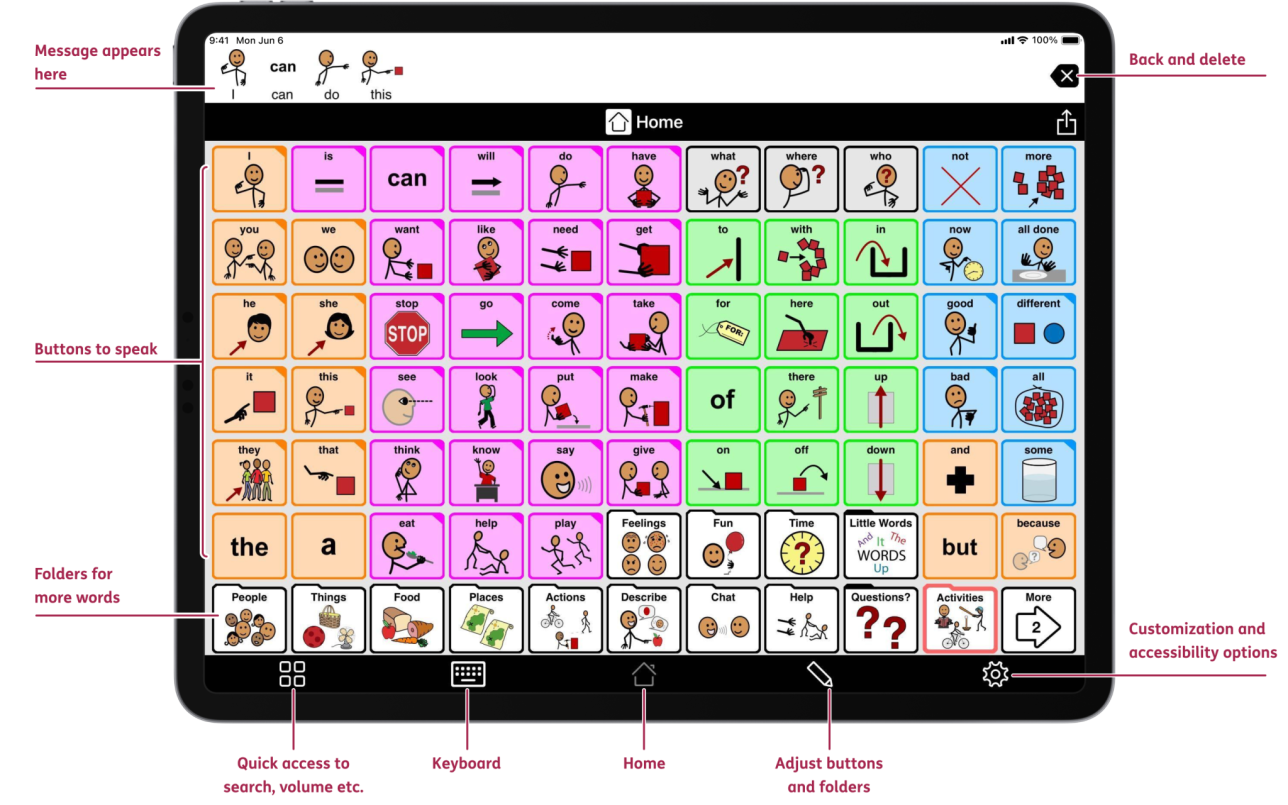Summary

Photo by Markus Winkler on Unsplash
Our Free Inquiry project has been driven by our shared desire to find technological resources to support differentiated learning for our future students. We are all aspiring teachers and recognize the need for more support in schools and the expanding demands for modified instructional styles to fit the needs of the students. In our personal and professional experiences, we have noticed the academic world needs to adapt to the increasingly diverse student body, including recognition and resources for students with disabilities, new students in Canada, mental health challenges, and socioeconomic differences. Residual factors from COVID, such as lockdown, trauma experiences, and the mismatch between grade level and skill levels are all contributing factors to the growing epidemic of students struggling to perform at their expected grade level.
The four technologies we researched aligned well with open and distributed learning principles. Some of the resources found were entirely new to us like, Open Educational Resource Commons (OER Commons) and Augmented and Alternative Apps such as Proloquo and TouchChat, while others were more familiar, like Khan Academy and Speech-to-Text.
In this video, the teacher, Samantha Kirch, explains how she integrates technology into her classroom by using a Smartboard and iPads for the students. She also outlines how a similar engagement style can be utilized with whiteboards.
https://www.youtube.com/watch?v=x4odUJ73_wo
So where does this project leave us? What now? Since exploring these resources, we all have a better grasp on ways to integrate differentiated instructional styles into our teaching, but the next move is to try them out with students and find the best supports and resources for differing ages, abilities, languages, and personalities. We know every student is unique and has individual needs and finding the best fit for each student will support their probability of success in their studies and in life.
All of the technologies that we have explored throughout this free inquiry project are ones that we think would be great resources for educators looking to expand their competencies in relation to open and distributed learning. Overall, this project was an interesting and educational research opportunity that allowed us to explore resources that will benefit not only ourselves but also our future students, as was our learning goal from the beginning: To discover the best resources to support our learners through the use of differentiated technology with a focus on open and distributed learning. We hope you have also found some of the resources interesting and will get to try them for yourselves or in your future classrooms.
Thank you for joining us (Anna Plamer, Mady Chase, Hanne Deener, Nicole Bell) on this educational inquiry journey.




